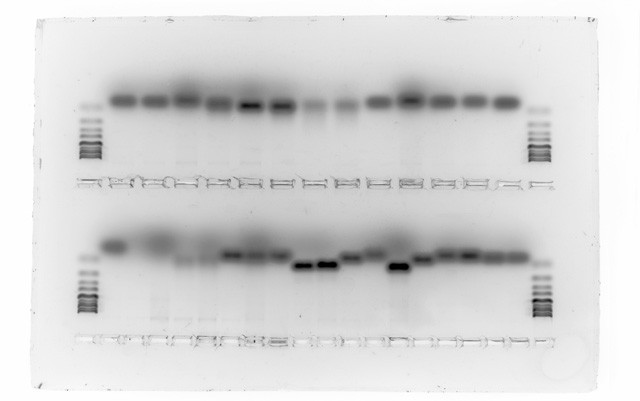There’s marijuana for pot smokers, and then there’s marijuana for medicine. But contrary to the persistent belief, medical marijuana isn’t a technical term for getting a legal buzz. There’s actually a fair bit of science that marijuana can do a body good.
There are two main types of marijuana plant that are cultivated today, Cannabis sativa and Cannabis indica, and numerous hybrids have been created to engineer specific effects, such as mood elevation or sedation. Cannabis plants in general contain numerous active compounds. While tetrahydrocannabinol (THC) and cannabidiol (CBD) are the most-understood and studied, there are almost 100 compounds in marijuana that have been shown to interact with the human body, and approximately 400 additional compounds that are known but not yet studied. This does not mean that all 500 are present in the dose or that their effects are meaningful, but it does mean that there’s a lot more to marijuana than we really know at this point. It’s fair to assume that so much THC and so much of some other compound makes one strain a good appetite stimulant, while a different combination can provide better pain relief.
As a general rule THC, the compound that gives the “high”, is also known to stimulate appetites and suppress nausea, while CBD is known to reduce pain and inflammation. One strain, known as Charlotte’s Web, has almost no THC (0.3% according to the growers) and is known for its dramatic effects in reducing the frequency and violence of seizures brought on by Dravet’s syndrome. Most of the medicinal effects of marijuana are linked to CBD. In animal models, scientists have found that CBD prevents neurological decline after an ischemic event; it has anti-psychotic, anti-anxiety, and anti-addictive effects. Large-scale trials are still needed to determine if these effects can be reliably replicated in people.
But THC is also making its mark in the medical world: THC can alter the structure of DNA—not the actual code, but the shape of the molecule—which suppressed the production of inflammatory triggers. One of the causes of autoimmune diseases, which affect nearly 1 in 10 Americans, is inflammation. Furthermore, several studies have suggested that THC can destroy the plaques of amyloid protein in the brain, which can also slow, if not prevent, Alzheimer’s.
Regrettably, though, there is no practical difference between medical marijuana and “street’ marijuana, unless you specify a particular strain. Marijuana sold for medical purposes carries the same risks with its use as marijuana you get from the guy who knows a guy. Even if you know your cannabis and the strain, the only real way to be sure of what you’re getting is to smoke it.







Indica and Sativa? Do you mean WLD Wide Leaf Drug or NLD Narrow Leaf Drug?
All drug varieties are Indica wide or narrow leaf.
All hemp varieties are Sativa wide or narrow leaf.
See Robert Clarkes recent book Cannabis Evolution and Ethnobotany.
Or Genetic Evidence for Speciation in Cannabis (Cannabaceae) Karl W. Hillig
GENETIC RESOURCES AND CROP EVOLUTION 52(2):161-180 · JANUARY 2005
https://www.researchgate.net/publication/226862901_Genetic_Evidence_for_Speciation_in_Cannabis_Cannabaceae